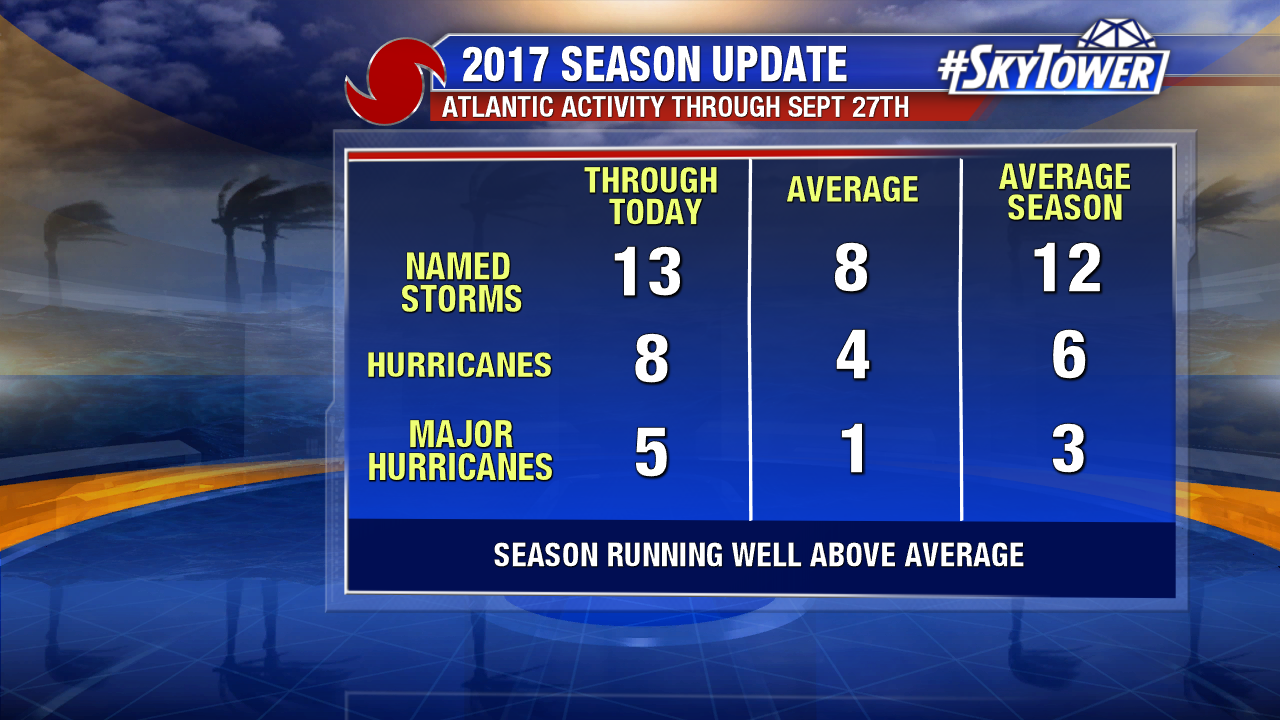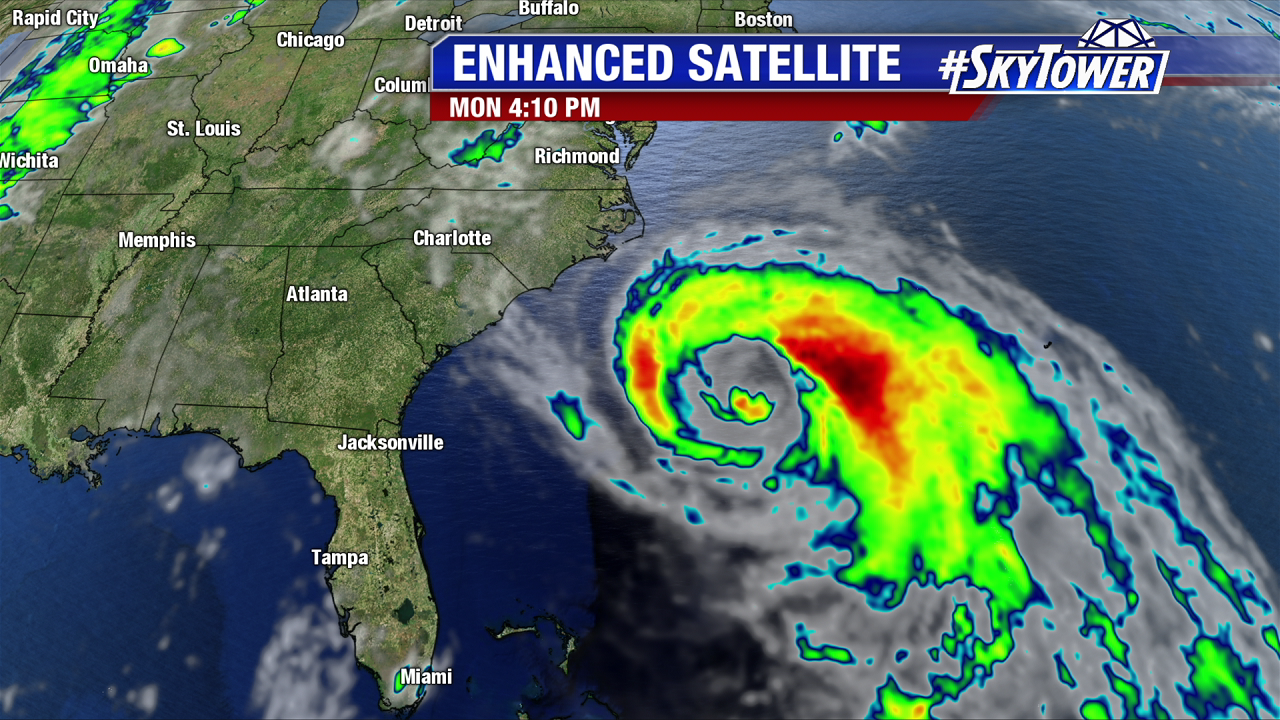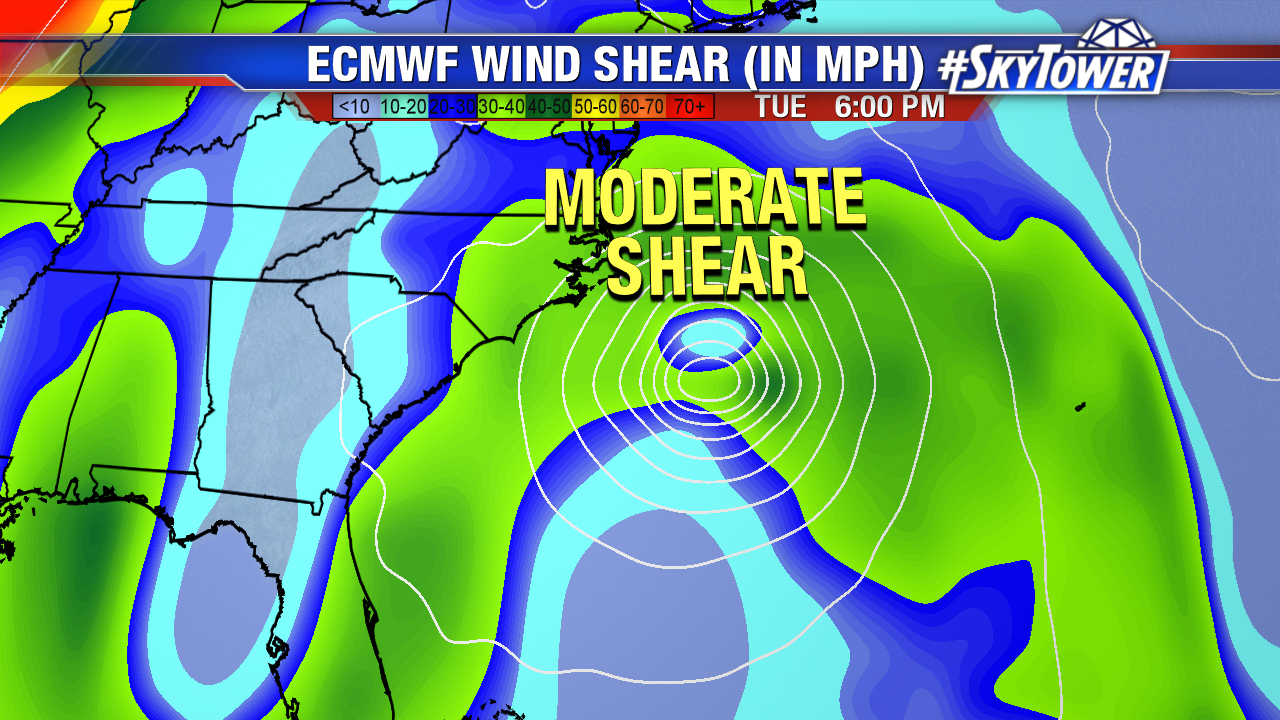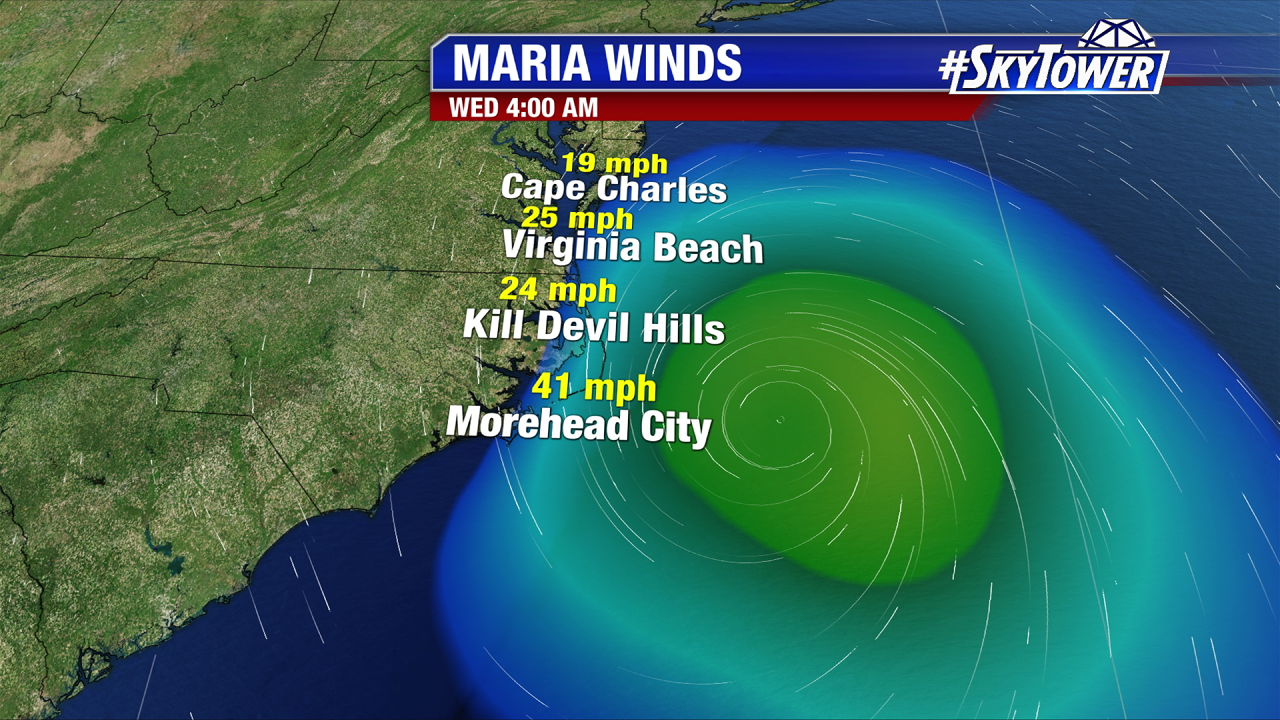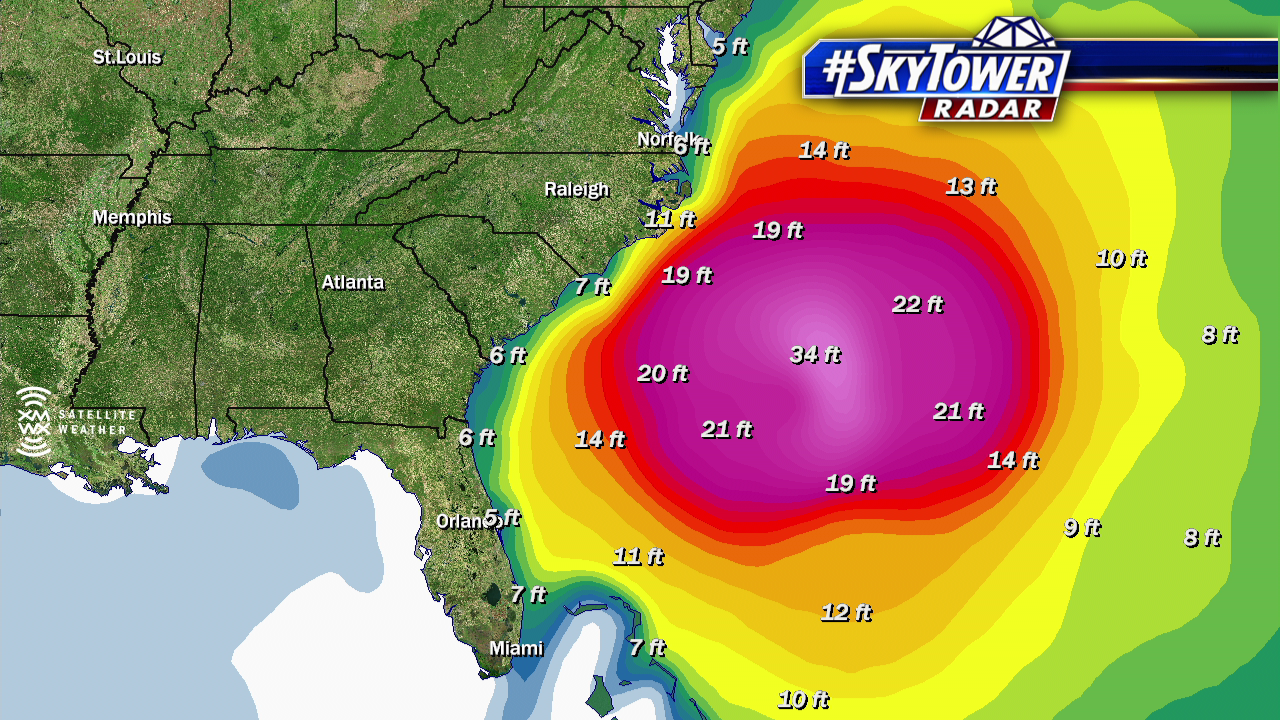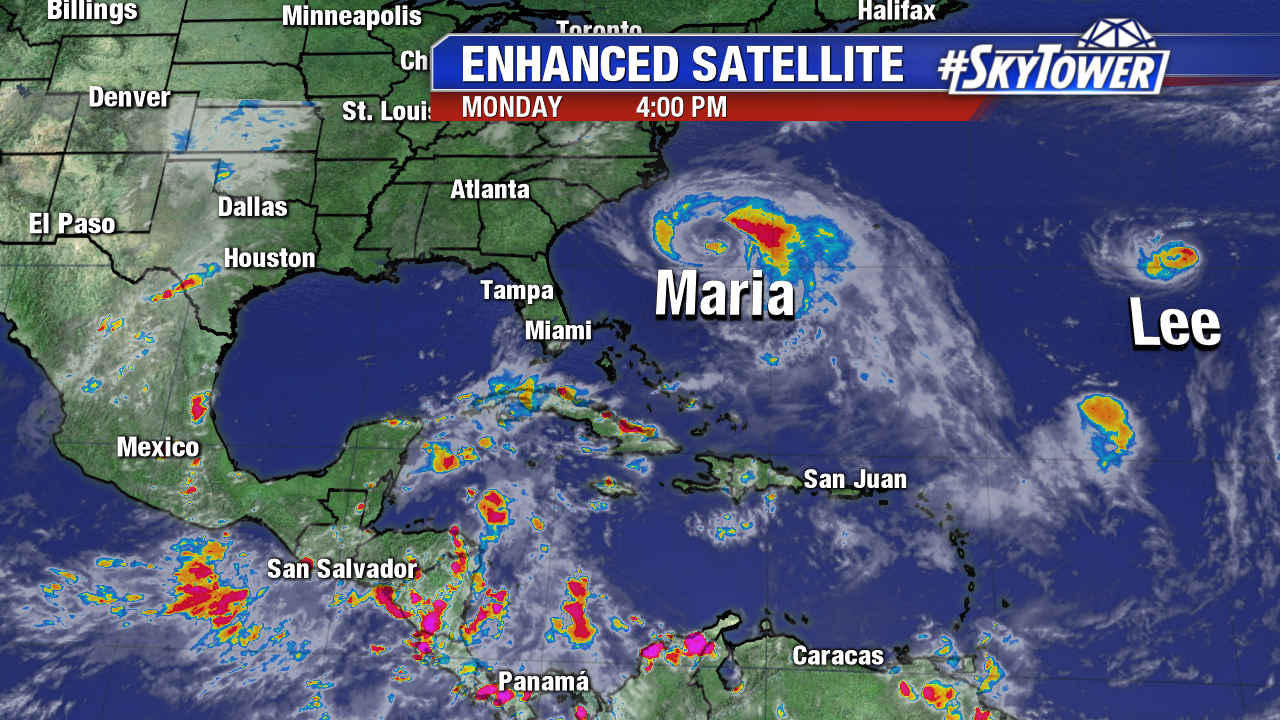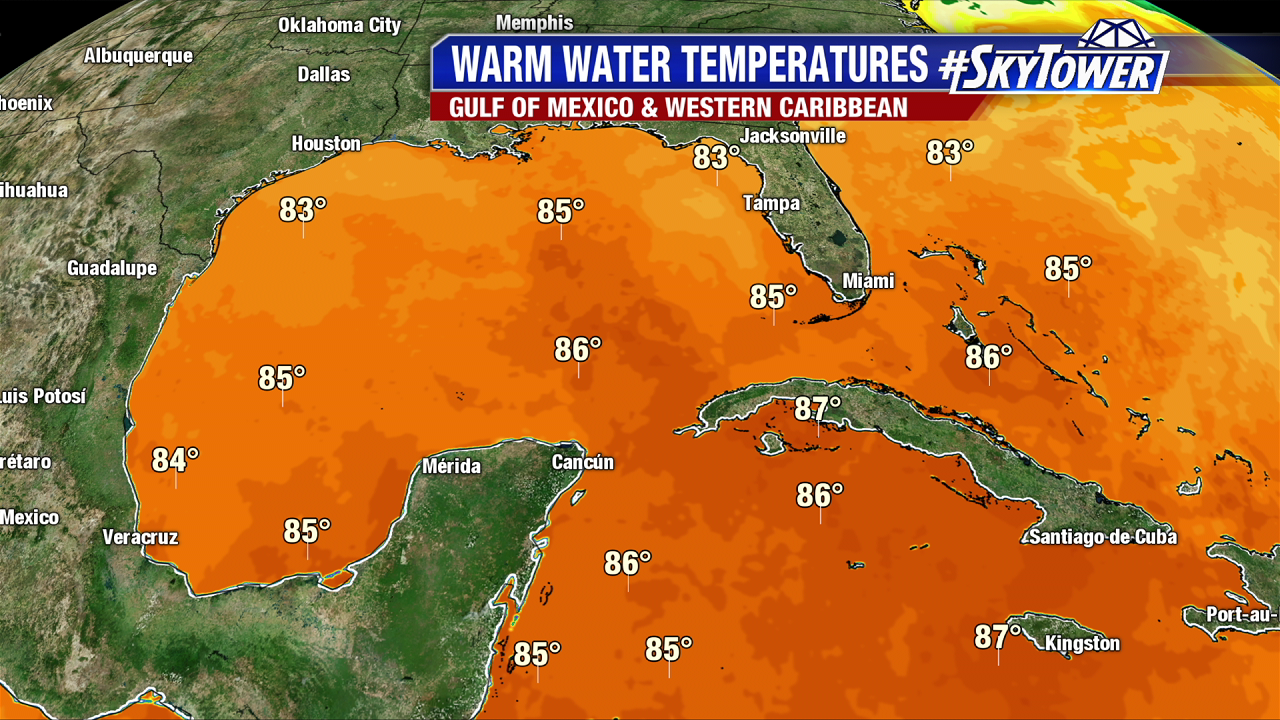Overnight Tuesday into early Wednesday, Maria brought tropical storm conditions to the Outer Banks of North Carolina. The storm stayed about 150 miles offshore as it passed by, but large swells created dangerous rip currents and a storm surge of 2-4′, which in some cases resulted in minor coastal flooding.
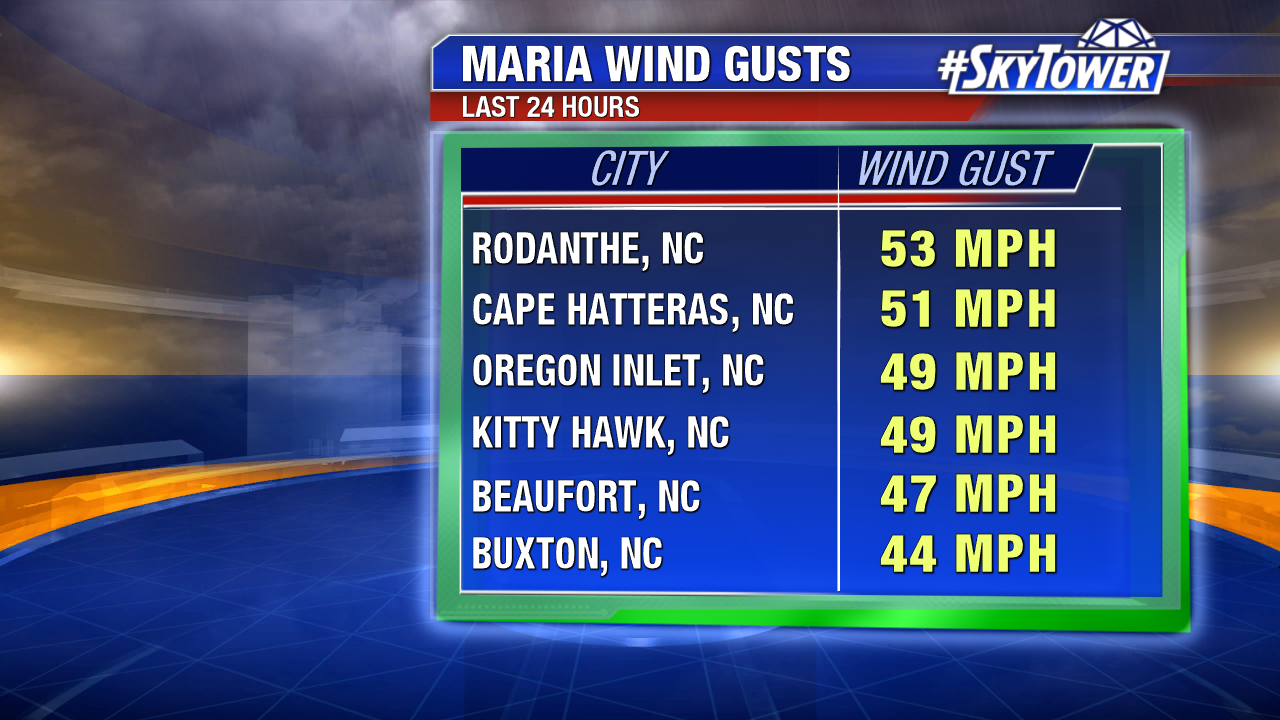
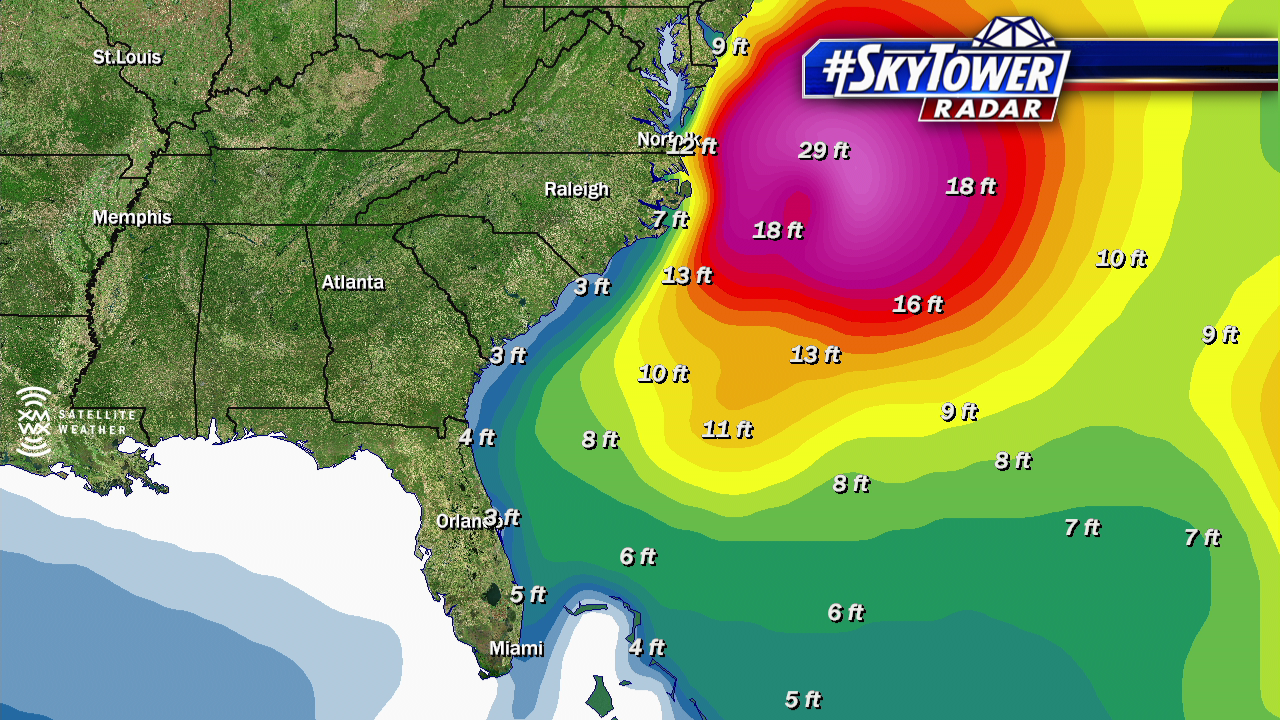
Maria is a category 1 hurricane with winds of 75 mph as of 11am Wednesday. Thanks to a trough digging into the northeast, Maria will take a sharp right hand turn over the next 24 hours and begin moving rapidly to the east-northeast, out to sea. Subsequently, conditions along the east coast will slowly be improving.
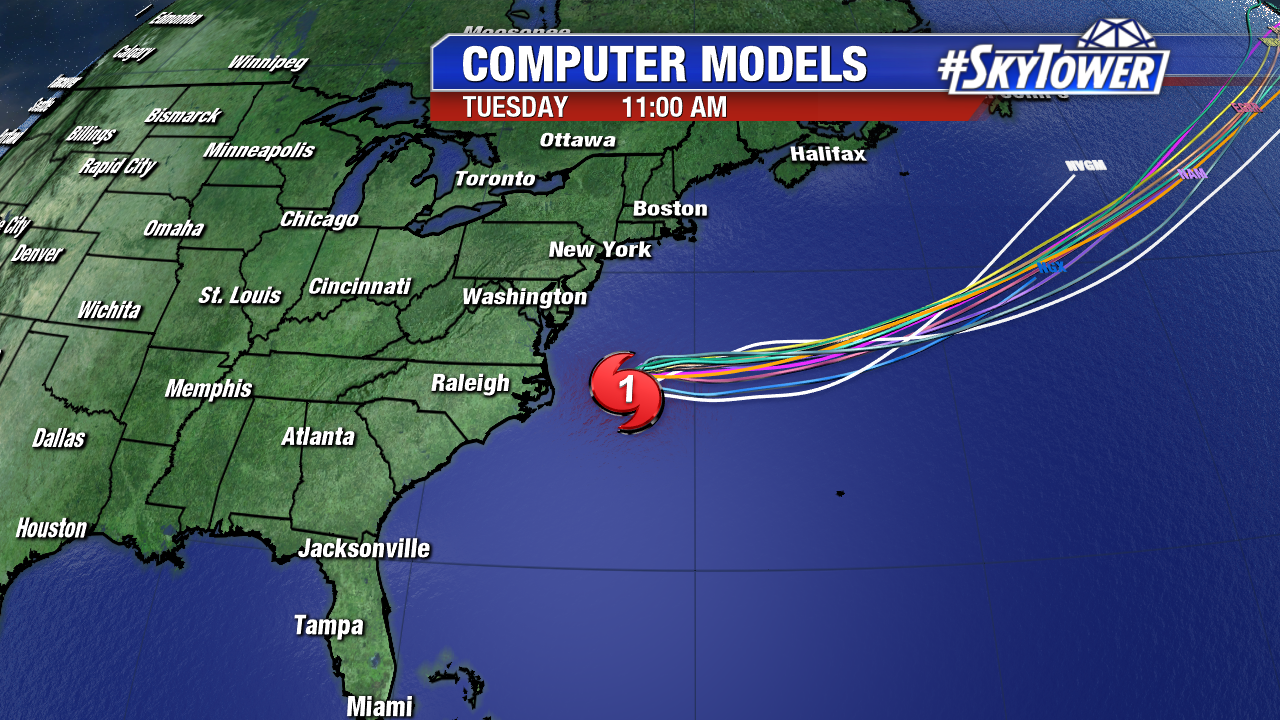
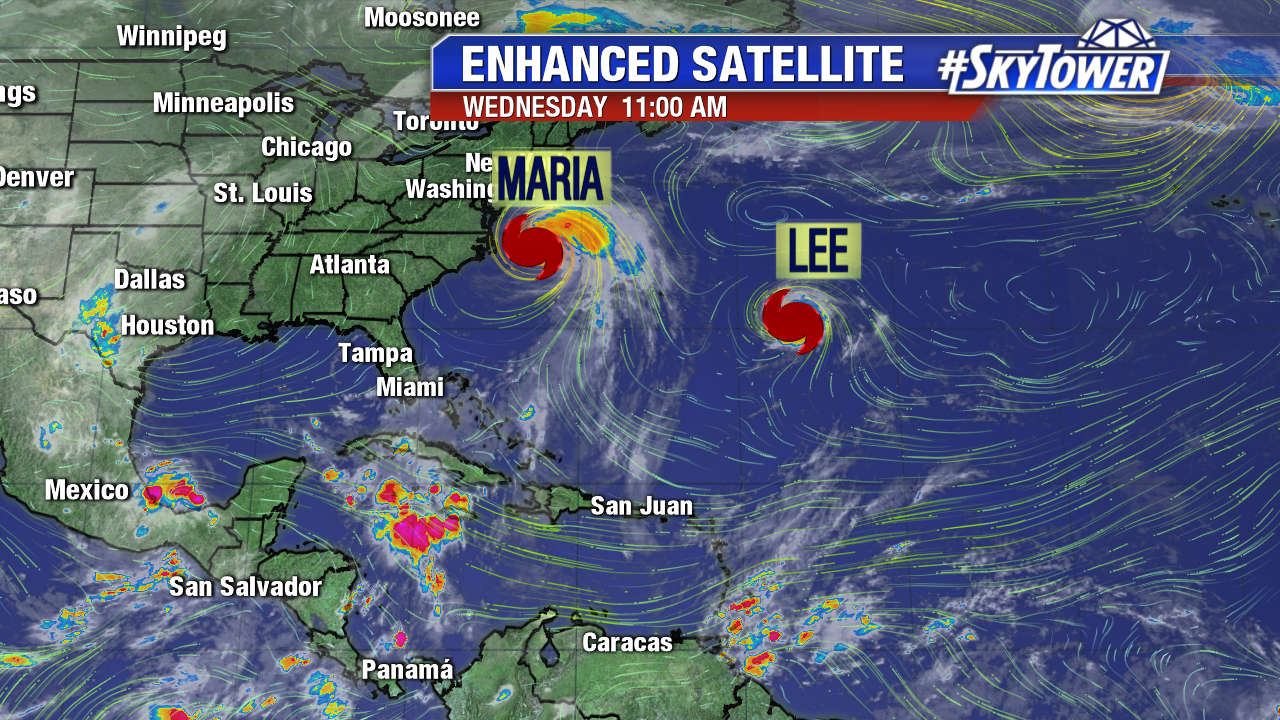
With Maria on its way out and Hurricane Lee bothering nobody but the fish in the open Atlantic, we finally have somewhat of a quiet period. That being said, it is still hurricane season and we’ll still be watching the tropics closely over the next month or so. Storms can and do often form during the month of October, before we see a sharp decline in activity in November. Unlike August and September, when we watch for tropical waves rolling off Africa, the month of October often favors more “homegrown” activity in the Caribbean and Gulf of Mexico. There have already been some hints in our long-range modeling of lowering pressure in the western Caribbean over the next couple of weeks. For now though, we enjoy the relative lull in activity and hope it stays with us the rest of the season.
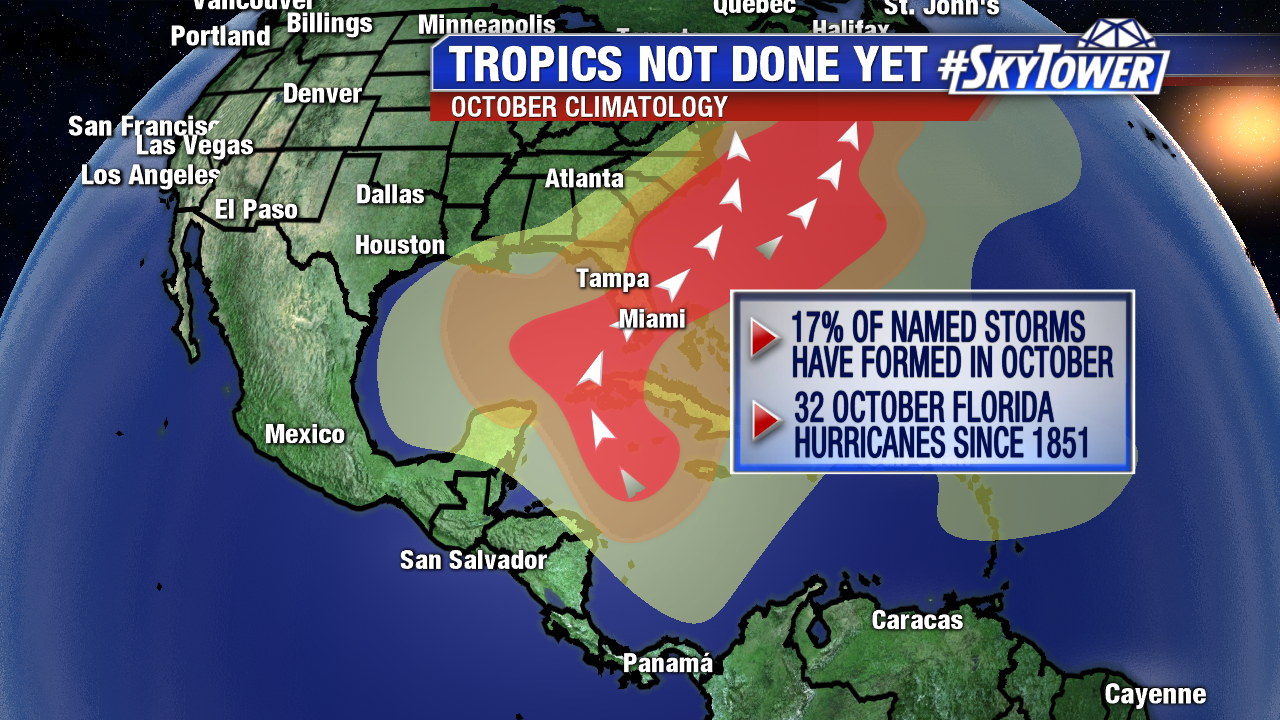
It has been an incredibly active season thus far with 13 named storms, 8 hurricanes, and 5 major hurricanes – already nearing or reaching the numbers put forth in many seasonal outlooks, with still two months left in the official hurricane season.
